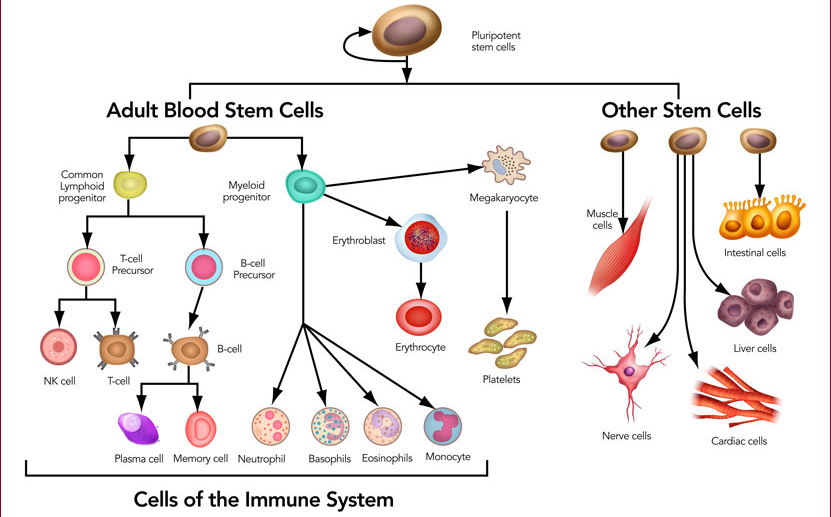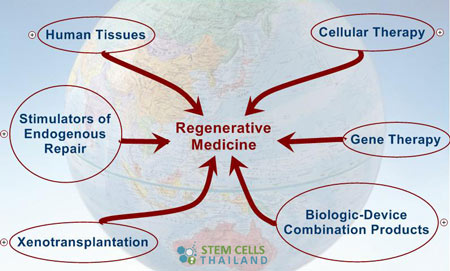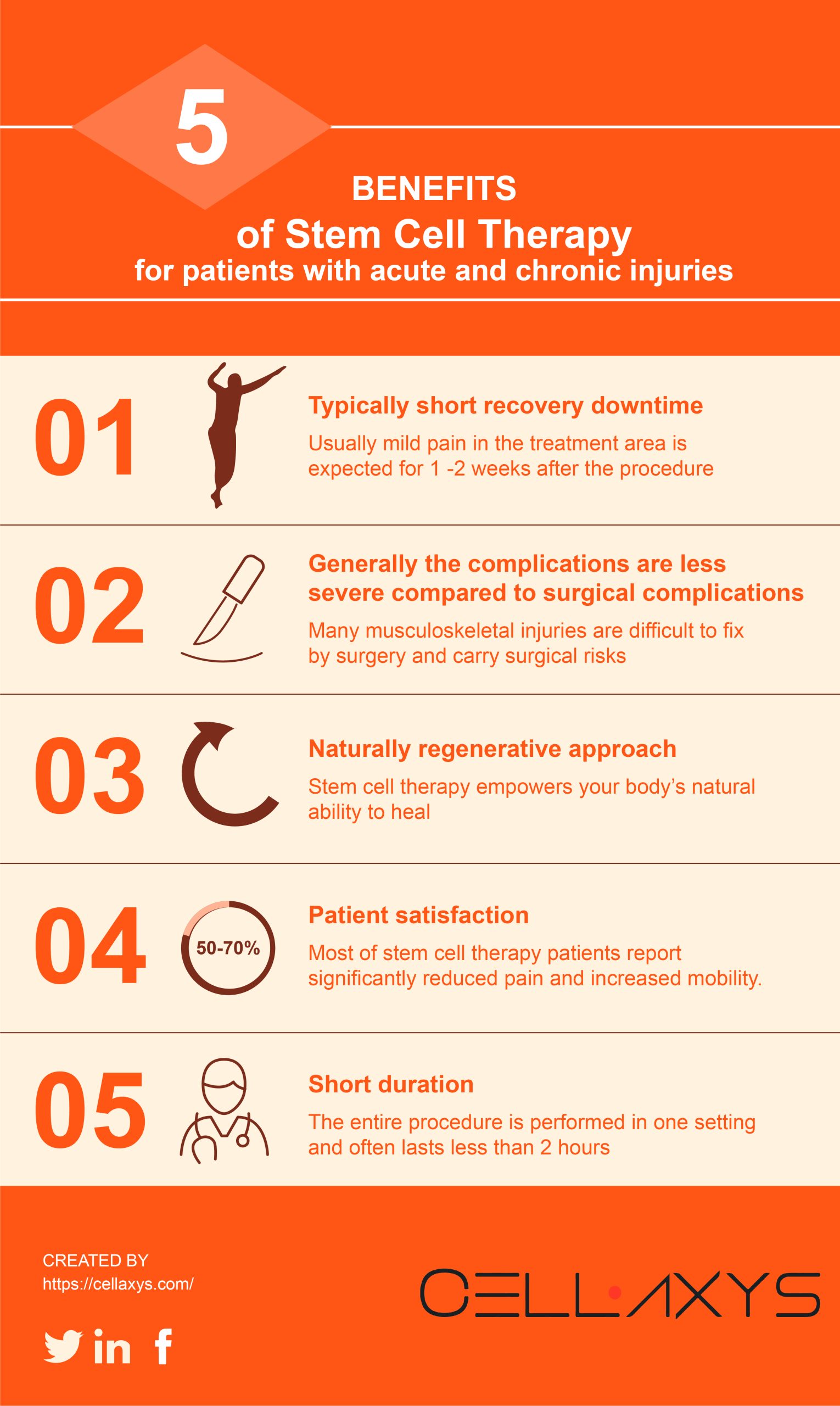Table of Contents

[/image][=video]
[/video]
There are several kinds of stem cells. Generally, the term stem cell refers to a classification of cells that trigger other cells (like skin, blood, heart, and muscle cells) by duplicating and distinguishing in response to chemical signs. Totipotent stem cells show up at the earliest phase of development and are the only stem cells which can generate embryonic stem cells and the placenta.
Bone marrow transplant (BMT) is an unique treatment for clients with particular cancers cells or other diseases. A bone marrow transplant involves taking cells that are normally discovered in the bone marrow (stem cells), filtering system those cells, and offering them back either to the donor (individual) or to another person. The goal of BMT is to transfuse healthy and balanced bone marrow cells into an individual after his or her own undesirable bone marrow has been dealt with to eliminate the abnormal cells.
The blood cells that make various other blood cells are called stem cells. The most primitive of the stem cells is called the pluripotent stem cell.
It is the stem cells that are needed in bone marrow transplant. The goal of a bone marrow transplant is to treat many illness and kinds of cancer. When the dosages of radiation treatment or radiation needed to heal a cancer cells are so high that a person's bone marrow stem cells will certainly be completely damaged or destroyed by the treatment, a bone marrow transplant may be required.
Hormone Therapy servicing Norton Shores, Michigan
This procedure is commonly called rescue. Replace bone marrow with genetically healthy and balanced working bone marrow to avoid more damage from a hereditary condition procedure (such as Hurler's disorder and adrenoleukodystrophy). The dangers and advantages have to be considered in a complete conversation with your doctor and experts in bone marrow transplants before the treatment.
There are various kinds of bone marrow transplants depending on that the donor is. The different kinds of BMT consist of the following: The donor is the patient himself or herself. Stem cells are taken from the patient either by bone marrow harvest or apheresis (a process of collecting peripheral blood stem cells), frozen, and afterwards given back to the person after extensive therapy.
The donor shares the same genetic type as the patient. Stem cells are taken either by bone marrow harvest or apheresis from a genetically matched donor, usually a brother or sis. Other contributors for allogeneic bone marrow transplants may include the following: A haploid-identical match is when the donor is a parent and the hereditary suit goes to least half similar to the recipient.

Matching involves inputting human leukocyte antigen (HLA) cells. The antigens on the surface area of these unique leukocyte figure out the genetic makeup of an individual's immune system. There are at least 100 HLA antigens; nevertheless, it is believed that there are a couple of significant antigens that determine whether a benefactor and recipient match.
Clinical research is still exploring the role all antigens play in the procedure of a bone marrow transplant. The more antigens that match, the much better the engraftment of given away marrow. Engraftment of the stem cells occurs when the contributed cells make their way to the marrow and begin making new blood cells.
Perimenopause Treatment
All people interact to offer the finest chance for a successful transplant. The team includes the following: Healthcare companies that focus on oncology, hematology, immunology, and bone marrow transplant. A registered nurse who organizes all aspects of care supplied prior to and after the transplant. The nurse organizer will give patient education and learning, and collaborates the diagnostic screening and follow-up care.
Specialists that will assist you fulfill your dietary needs prior to and after the transplant. A number of various other team participants will evaluate you before transplantation and will offer follow-up care as needed.

A total clinical history and physical test are executed, including numerous examinations to examine the patient's blood and organ features (as an example, heart, kidney, liver, and lungs). An individual will certainly often come right into the transplant facility approximately 10 days before transplant for hydration, assessment, placement of the main venous line, and various other prep work.
For an allogeneic transplant, an appropriate (cells entered and matched) contributor must be available. Voluntary marrow donors are signed up in several nationwide and worldwide computer system registries.
Contributor sources offered include: self, brother or sister, parent or loved one, nonrelated individual, or umbilical cord from a relevant or nonrelated individual. There are nationwide and worldwide computer registries for nonrelated individuals and cable blood. Some relative might be keyed in due to the need to assist. These family members may or might not elect to have their kind registered for usage with other receivers.
Menopause Treatment local to Norton Shores
Examinations associated with his or her health and wellness, direct exposure to infections, and hereditary evaluation will be done to establish the degree of the suit. The contributor will be offered instructions on exactly how a bone marrow contribution will certainly be made. When a suit for a client needing a bone marrow transplant is discovered, after that stem cells will certainly be gathered either by a bone marrow harvest.
Or by an outer blood stem cell collection. This is where stem cells are collected from the flowing cells in the blood. Of the two, outer blood stem cell donations are currently much more common. Cord blood has actually already been collected at the time of a birth and stored for later use.
Navigation
Latest Posts
Regenerative Therapy
Perimenopause Treatment
Menopause Treatment local to Norton Shores